Piston pumps force hydraulic fluid through chambers to generate pressure for truck operations. Working pressures reach 300 BAR with maximum capabilities of 350 BAR, exceeding gear pump performance for demanding applications.
Displacement options range from 60L to 105L per 1000 RPM, accommodating light commercial vehicles through construction equipment.
The correct specification ensures reliable performance across crane systems, walking floors and tipping operations requiring sustained high-pressure output.
Calculate your flow requirements
Start with your application’s flow demands measured in litres per minute during peak operation. Multiply your PTO speed by the pump displacement to determine flow output under working conditions.
A 60L pump operating at 1500 RPM delivers 90 litres per minute, suitable for medium-duty applications with moderate cycle times. The 105L model provides 136.5 litres per minute at 1300 RPM maximum speed for operations requiring substantial flow rates.
Related: A guide to gear pumps
Match pressure specifications to system demands
Working pressure determines your pump’s continuous operating capability, whilst maximum pressure provides short-term spike protection. Hydraulic systems operate effectively within 250 BAR working pressure limits for most commercial vehicle applications.
Applications requiring frequent high-pressure operation benefit from the 300 BAR working pressure capability in 60L models.
Maximum pressure ratings of 350 BAR across all variants provide safety margins during load spikes without requiring system components beyond standard specifications.
Consider piston configuration effects
Six-piston designs in 60L pumps offer operation with reduced pulsation for applications requiring consistent flow.
Nine-piston configurations in 85L and 105L models provide increased displacement whilst maintaining compact dimensions suitable for space-limited installations.
While additional pistons reduce flow pulsation, they also increase mechanical complexity. Six-piston units excel in applications where smooth, consistent flow is critical, whereas nine-piston configurations are optimal when maximum flow capacity takes priority over simplicity.
Related: How hydraulic oil piston pumps work
Evaluate physical constraints
Weight considerations range from 14.5 KG for 60L models to 19 KG for higher displacement variants. Mounting support must accommodate these loads plus operational forces during pressure cycling and vibration from connected equipment.
All models feature 4-bolt ISO mounting patterns for installation across European truck manufacturers. Bi-directional rotation capability eliminates concerns about PTO direction compatibility whilst simplifying specifications across mixed vehicle fleets.
Size inlet and outlet connections
Port sizing affects flow characteristics and system efficiency. These piston pump models use 1¼” BSP inlet ports to provide suction capacity without cavitation risks during high-speed operation.
Outlet connections vary from ¾” BSP on 60L units to 1″ BSP on higher displacement models. Correct sizing prevents flow restriction whilst maintaining connection strength for maximum pressure operation without requiring oversized fittings throughout your hydraulic system.
Match speed capabilities to your PTO
Maximum RPM limits differ between displacement variants, with 60L pumps rated for 1500 RPM operation and 85L/105L models limited to 1300 RPM. Exceeding speed limits risks component damage through centrifugal forces and lubrication breakdown.
Your PTO speed must remain within pump specifications during all operating conditions. Variable-speed applications require consideration of minimum flow requirements versus maximum speed limitations to maintain consistent performance across the operating range.
Further reading: A quick guide to power take-offs (PTOs)








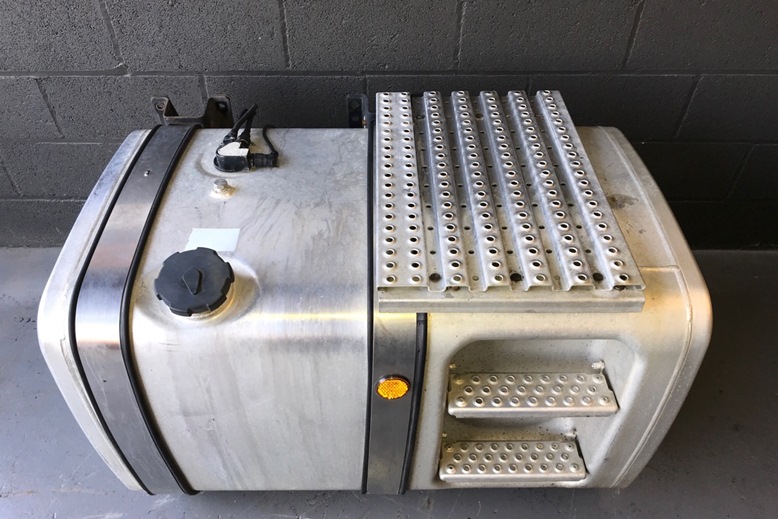





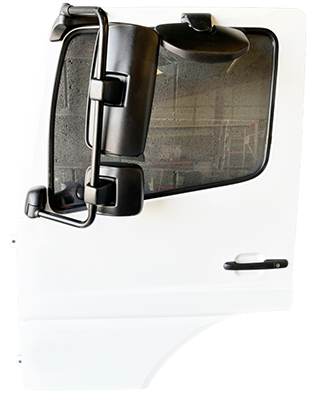
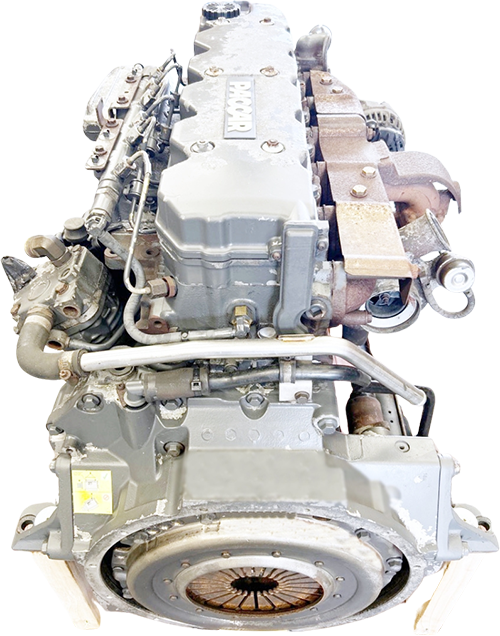
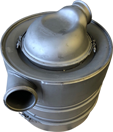
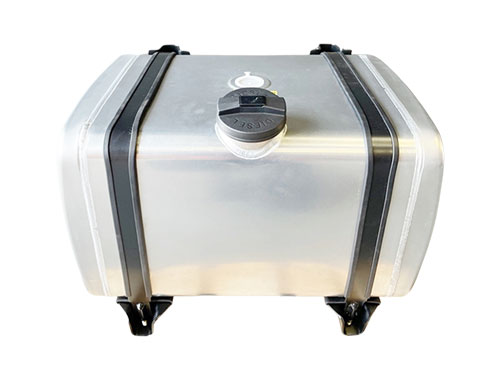
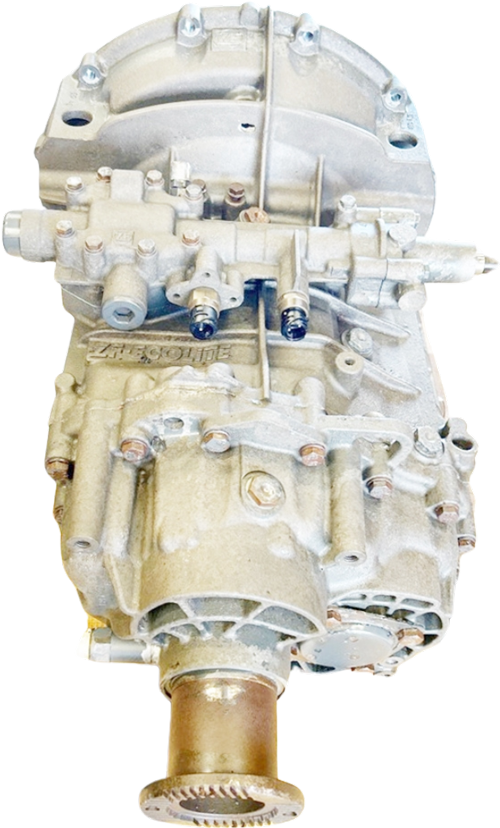

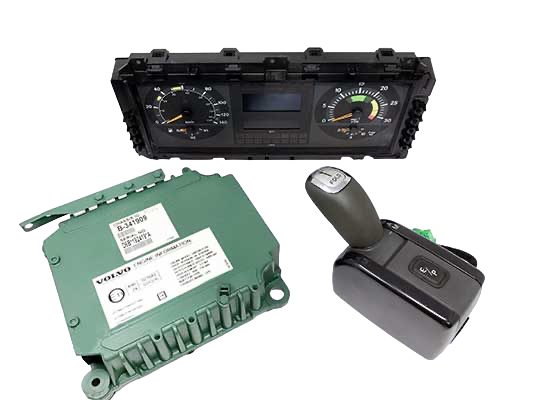
[…] How to specify the correct piston pump […]